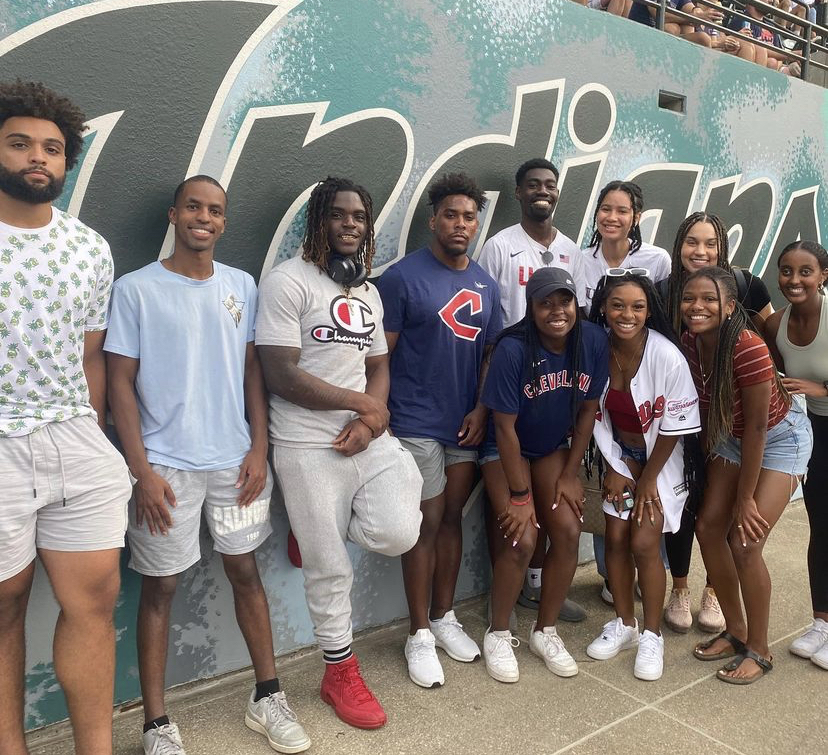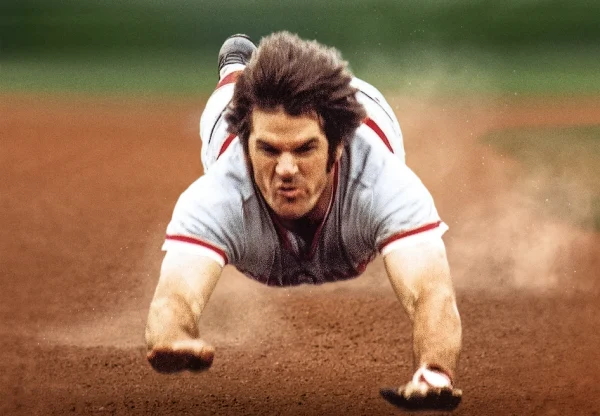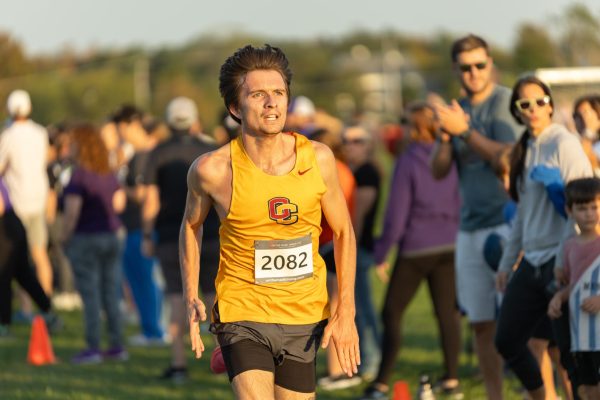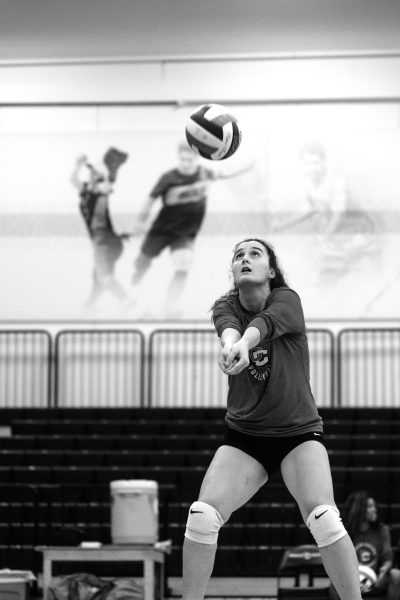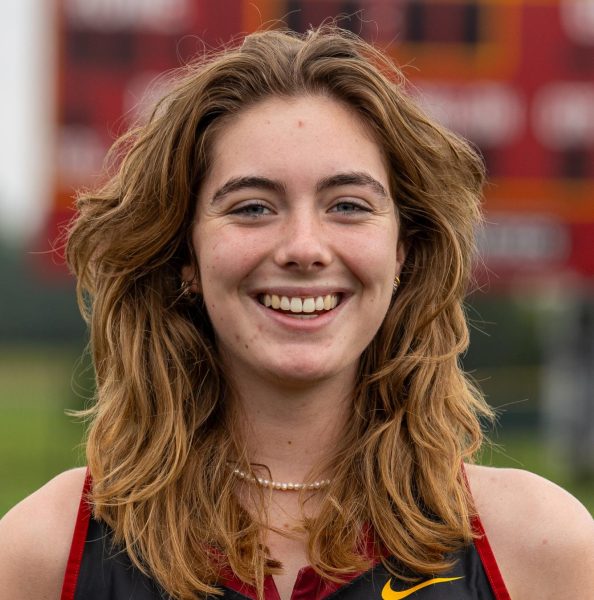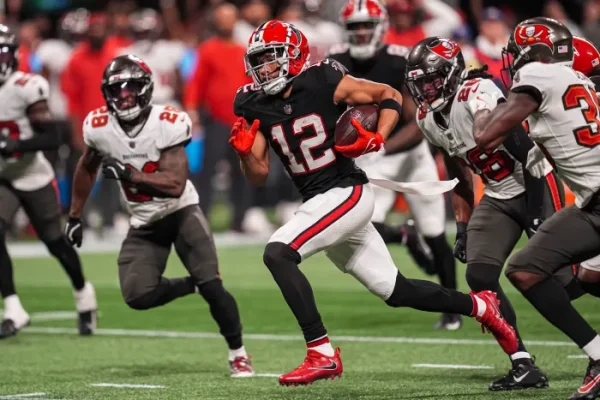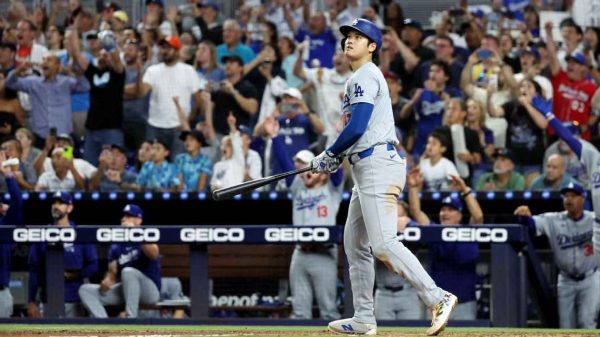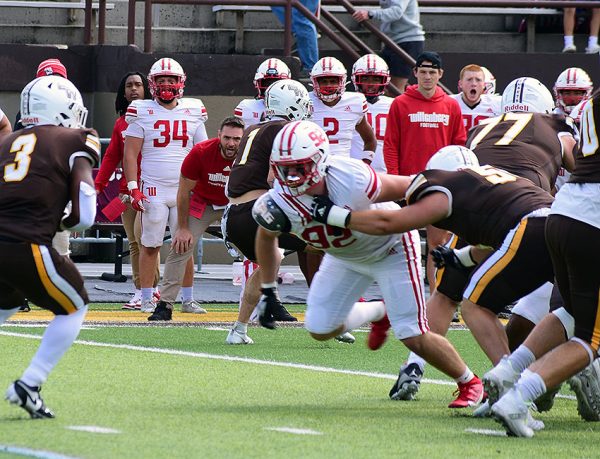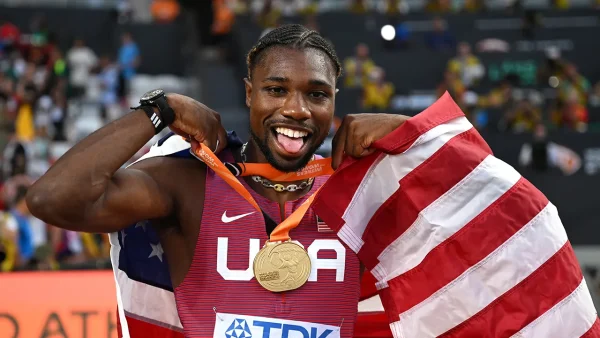Athletics Department Partakes in NCAA Diversity and Inclusion Social Media Campaign
Oberlin Black Student Athlete Group.
This week is the NCAA’s Diversity and Inclusion Social Media Campaign, with colleges all across the country using social media as a platform to reflect on what diversity and representation means in athletics. At Oberlin, the Student-Athlete Advisory Committee worked alongside the Black Student-Athlete Group to implement the NCAA’s campaign.
Fourth-year and men’s track and field player Kofi Asare believes that the NCAA campaign is necessary because it highlights the unique backgrounds of Oberlin’s community and who individuals are — not only as student-athletes, but also as people.
“NCAA Diversity and Inclusion week is important for Oberlin athletics because it is a chance for our department and groups, like SAAC, to recognize and highlight the different perspectives and stories of our many student-athletes and their background(s),” Asare wrote in an email to the Review. “It provides an opportunity for our Oberlin community to get a deeper look at our [student-]athletes and who they are both when the jersey is on and off.”
Fourth-year men’s soccer player Ryan Kim shared similar sentiments, adding that the NCAA Diversity and Inclusion Social Media Campaign is unique because it is not Oberlin-specific; discussions regarding these issues of identity take place around the country at various colleges and universities.
“NCAA Diversity and Inclusion week is important to Oberlin athletics because it shows we are always trying to be better [at] diversity and inclusion,” Kim wrote in an email to the Review. “As a Korean and representative of SAAC, I love this week because it embraces diversity — not only in Oberlin but throughout the nation. It is important to talk about diversity and inclusion within our community, and this week brings light to these topics.”
For student-athletes, having the space to be their most authentic selves in their respective communities is a significant part of feeling included at Oberlin.
“Creating an inclusive athletic environment to me simply means accepting everyone who steps on and off the field for who they are and what they bring to their sport,” wrote Asare. “In my experience competing at Oberlin, I can tell that many student-athletes just want to feel heard and seen for what they do and who they are by their coaches, teammates, and the rest of the Oberlin community. Creating an inclusive environment just means these individuals can continue to do what they love while feeling accepted and valued for being themselves.”
BSAG was formed by Black alumni from the class of 2020 to cultivate a community where Black athletes could connect and feel supported in the athletic community. Kim cited BSAG’s work as an example of how Oberlin students are advocating for more inclusive spaces.
“Creating an inclusive athletic environment starts with making our community diverse and listening to the many minorities we have,” Kim wrote. “Our Black Student-Athlete Group on campus comes to mind because of all the great work they do to make our athletic environment more inclusive. Making everyone feel comfortable within our athletics community is what an inclusive environment looks like to me.”
Asare believes that the social media campaign is a step in the right direction to creating a more welcoming athletic community, but that the campaign should be one of many tools used to provide continued support for athletes.
“I think the campaign is a beneficial way to make strides toward being more inclusive, but the work shouldn’t also just stop here,” Asare wrote. “Our student-athletes are very diverse and have their own unique attributes that they bring to the table and their craft, and I think this is just one of many ways we can provide a platform for their voices to be uplifted.”
Kim added that the influence of the NCAA Diversity and Inclusion Social Media Campaign ensures that conversations about inclusion are happening at a national level. He also emphasized that while the NCAA campaign is effective, it is important that Oberlin athletics make the programming specific to the needs of Oberlin student-athletes.
“I think the NCAA campaign will help because of the national influence they have, but to enact change in Oberlin it must come [from] within,” he wrote. “Oberlin is a small place compared to all the other schools in the nation, so we must build off of what the NCAA campaign says and make it more focused on our community.”
Asare believes that continued dialogues between student-athletes and the Athletics Department is one way that Oberlin athletics can stay engaged with diversity and inclusion training even after the NCAA Diversity and Inclusion Social Media Campaign is over.
“If diversity and inclusion is only discussed or displayed through the means of Instagram, there’s a larger problem at hand than one might think,” Asare wrote. “Personally, it’s just about creating a balance between having intentional, meaningful conversations while also respecting that not everyone feels comfortable expressing their concerns or thoughts all of the time. Specifically in athletics, I think our administration and coaching staff just have to be cognizant and aware of what their student-athletes’ needs are throughout the year.”
College third-year and women’s tennis team member Dina Nouaime hopes that Oberlin’s social media campaign is a stepping stone toward actionable steps to make athletics a more inclusive environment.
“At a predominantly white institution like Oberlin, it is so incredibly important to have open conversations surrounding diversity and inclusion,” wrote Nouaime. “In even smaller settings, like the team environments within athletics, it is arguably even more important. While athletics can be an outlet, it also has the same capacity to feel stifling without an openly inclusive environment. I am hopeful that Oberlin’s social media approach to Diversity and Inclusion week will be a stepping stone towards concrete, actionable steps spanning beyond social media and a singular week.”


